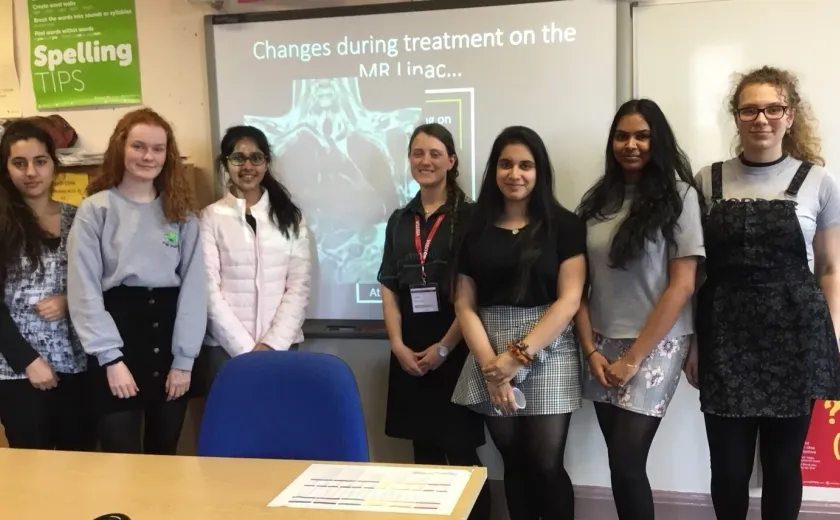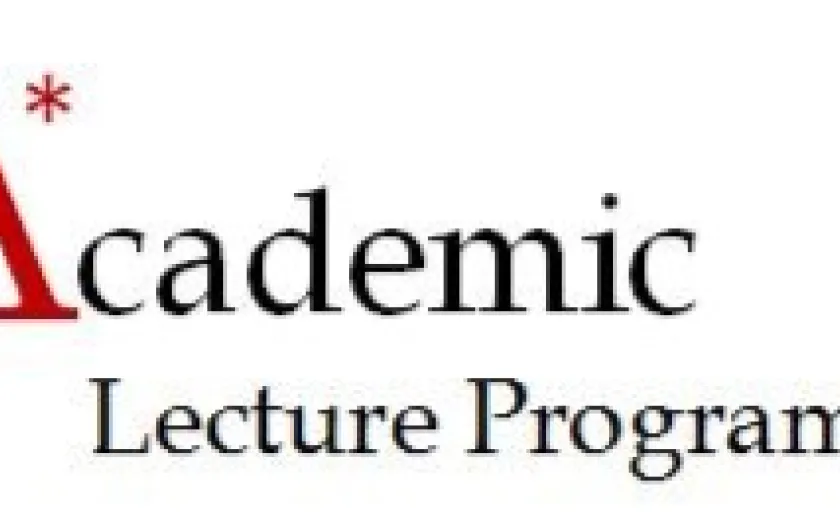The Queen's School Academic Lecture Programme continued with a fascinating talk from Rachael Hall of the NHS Christie Trust in Manchester talking about her role as a Medical Physicist.
The largest cancer centre in Europe treating around 40,000 patients every year, The Christie has been ranked as the most technologically advanced cancer centre in the world outside of North America.
Rachael talked to a room full of our budding scientists and medics from Year 10, 11 and the Sixth Form about the role of physics in the various imaging technologies used to detect tumours - CT, MRI and PET - and in the treatment planning process. She explained the fine balancing act involved when planning radiotherapy to ensure that a tumour is destroyed while also protecting healthy tissue as much as possible, and even had a simulator that allowed our pupils to plan and test their own treatment plan on a virtual patient.
Rachael explained some of the more intricate variables physicists need to take into account in this planning process - many of which the audience had never considered such as a patient's other internal organs and movements that occur when breathing or from a beating heart. Rachael was also able to tell us about the new, revolutionary MRI LINAC. The Christie is only one of a handful of hospitals in the world to have this treatment equipment which, while not yet in operation with patients, will soon bring the imaging and treatment processes together to provide even more accurate and fine-tuned treatment for patients.
As always, our pupils had lots of interesting questions for Rachael showing a genuine interest and knowledge of the subject.


